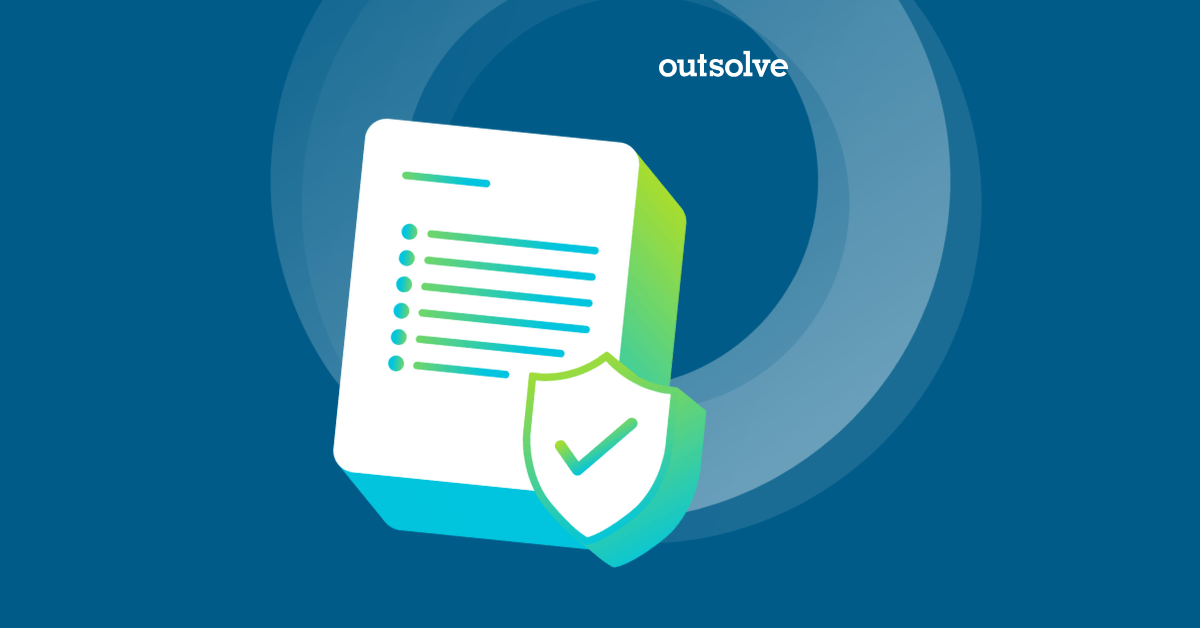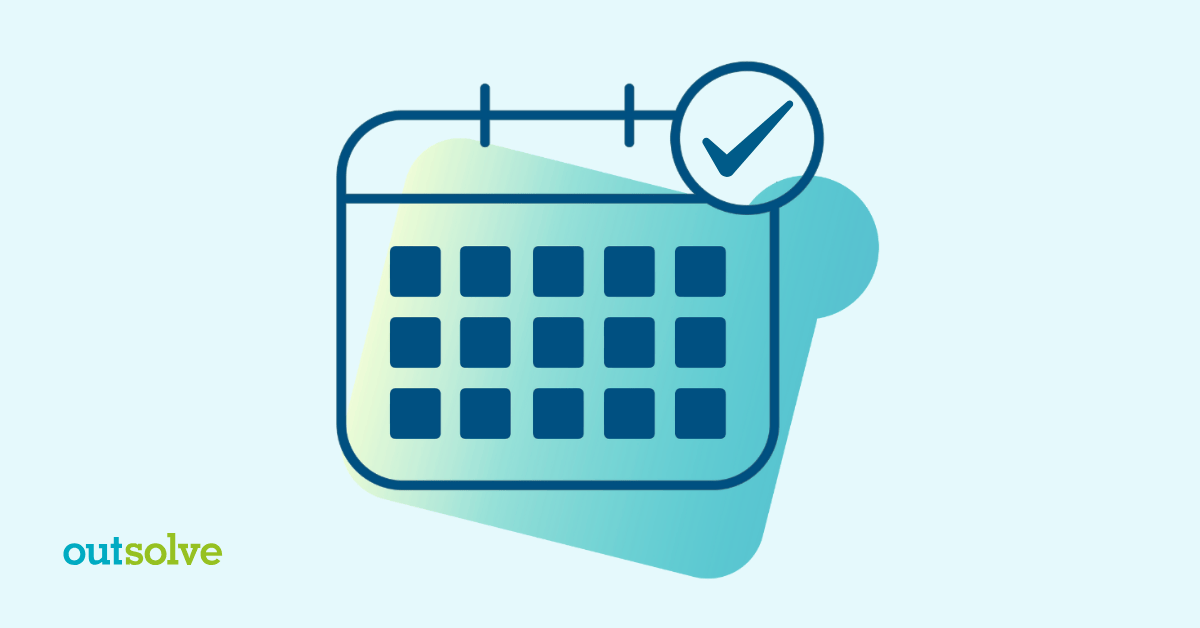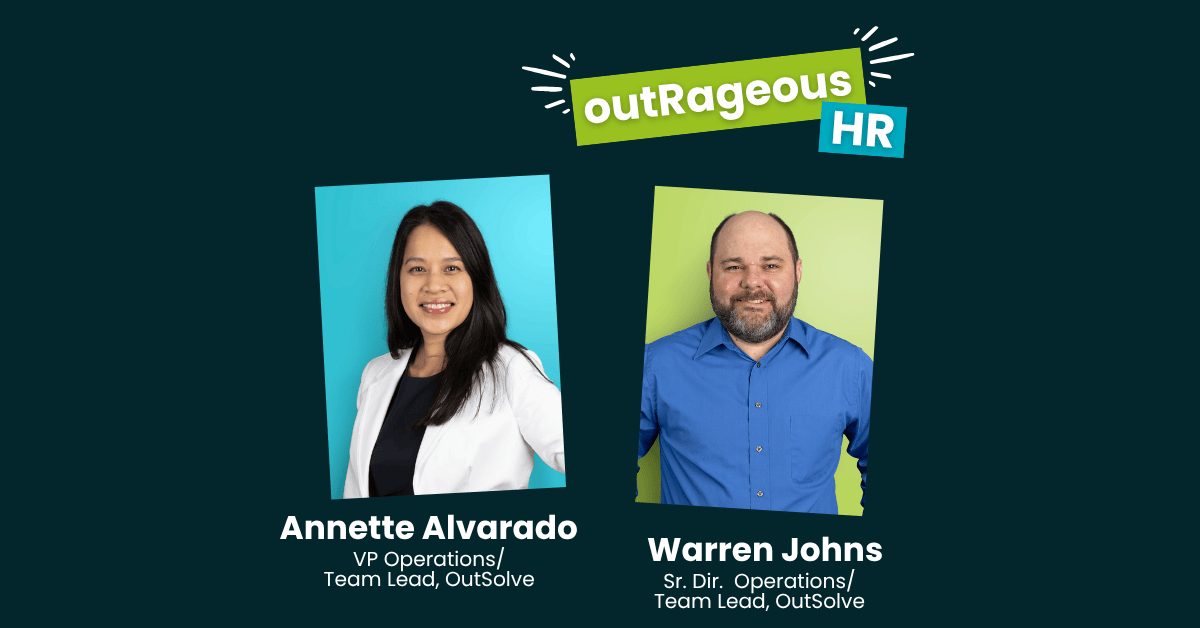5 min read
Minnesota Equal Pay Certificate: Requirements and Filing Guide
.jpg) Alayna Bowman
:
Oct 7, 2025 9:03:41 AM
Alayna Bowman
:
Oct 7, 2025 9:03:41 AM

If your company bids on state-funded projects in the state of Minnesota, then chances are you've heard of, or even submitted, the Minnesota Equal Pay Certificate. There is a lot that goes into gathering data and submitting this requirement and attention to all the elements is critical. Here are three key takeaways you’ll learn in this article:
- A breakdown of what the Minnesota Equal Pay Certificate is
- Who’s required to file it and what data must be included
- How to make compliance less stressful and more strategic
What Is the Minnesota Equal Pay Certificate and Why Does it Exist?
Let’s start with the basics. In short, if your company wants to do business with the state, then Minnesota wants to know that you’re treating your workforce fairly.
The Minnesota Equal Pay Certificate is a required component for certain businesses seeking to contract with the state of Minnesota. Beyond the paperwork, this requirement represents something bigger, which is your company’s commitment to pay equity.
Established under Minnesota law, the requirement is part of the state’s broader initiative to ensure fair pay across gender, race, and ethnicity, especially among employers with state contacts. The data collected helps the state’s Department of Human Rights monitor and enforce equitable compensation practices.
Promoting Pay Equity and Fair Contracting in Minnesota
The foundation behind the Certificate is rooted in economic justice. The Minnesota Department of Human Rights (MDHR) is working to close wage gaps and promote fairness in state funded employment. That means holding contractors accountable not just for project performance, but also for equitable workplace practices.
For HR, this is another opportunity to sync with your company’s equity and inclusion efforts while staying compliant with state regulations and winning valuable contracts. This regulation can be used strategically to enhance the workplace environment and decrease employee turnover.
Who Is Required to File?
Not every company doing business in Minnesota needs to submit a certificate, but many do. Here’s a quick criteria check to help you determine if your company is one of them:
- Contractors bidding on state funded projects of $500,000 or more
- 40 or more full-time employees in Minnesota or in the state of its primary place of business on a single day in the 12 months prior to executing the contract.
- Political subdivisions, such as school districts, counties and municipalities using state funds for capital projects (like the acquisition and betterment of land and buildings, or other public improvements) that have a $1,000,000 threshold.
Also, the application is a prerequisite for obtaining a Minnesota Workforce Certificate, which is required before you can bid on or renew qualifying state contracts.
Think of the Workforce Certificate and the Equal Pay Certificate as a “package deal.” You can’t have one without the other.
What is Required in the Certificate?
Now let’s talk about the important and necessary Minnesota Equal Pay Certificate. The Minnesota Workforce and Equal Pay Certificates aren’t just a formality, but a comprehensive snapshot of your company’s current compensation structure. You can’t bid on qualifying state contracts without it and keeping it active is just as important as earning it in the first place.
As HR, you’ll be pulling together several types of data, including:
- Compensation Data by Gender, Race, and Ethnicity
In the Workforce Certificate application or recertification, you’ll attest to a breakdown of pay data across key demographics to show how compensation compares across different employee groups. This helps the MDHR identify disparities that may need attention. - Affirmation of Compliance
As part of the Compliance Statement within the Equal Pay Certificate’s application, you will be required to confirm that your pay practices comply with the following laws:- Title VII of the Civil Rights Act of 1964
- Equal Pay Act of 1963
- Minnesota Human Rights Act
- Minnesota Equal Pay for Equal Work Law
- Company Compensation Policies and Practices
In addition to numbers, the state wants narrative. You’ll need to attest to how you make pay decisions. This portion of the application is your opportunity to expand upon the story behind your numbers. You will attest to things like:- How you determine starting salaries, either by market pricing or an internal analysis of your current employees
- Whether performance impacts pay
- Whether State prevailing wages or union contracts are a factor in pay determinations
- Retaining employee pay information for at least 3 years, which you will have to agree to provide upon request from MDHR; and
- How often you conduct pay equity audits
- Affirmation of Compliance and Commitment
Finally, your report must include a confirmation typically by the CEO or a chairperson of your company’s board of directors, that your company complies with Minnesota’s equal pay laws and is committed to maintaining fair pay practices going forward.
The Basics of the Certificate Include:
- A current MDHR Workforce Certificate
- Required for all organizations bidding on contracts over $500,000
- Valid for four years, assuming continued compliance
- Subject to contract revocation or suspension if your company is found non-compliant at a later time throughout the certification period. This includes not only pay considerations but also failing to notify MDHR of a change in contact information within 15 days of the change.
It’s not a “set it and forget it” scenario. You’ll need to stay on top of internal compensation practices and be ready for follow-up requests or reviews.
How the State Reviews Submissions and What They’re Looking For
- Verification that your company compensation practices meet pay equity standards
- Data integrity, consistency, and completeness
- Whether your policies support equitable pay, or if there’s potential for bias
In some cases, the MDHR may reach out for clarification or additional documentation. If disparities are uncovered, you might be asked to explain or remedy the issues before a certificate is granted or renewed. This underscores the importance of maintaining clear and thorough documentation.
Risks of Non-Compliance
Let’s talk about consequences. Skipping out on this requirement or submitting one that doesn’t hold up or include all the required information, can have serious consequences. These may include:
- Potential debarment from bidding on future state contracts—leading to lost revenue.
- Approval of bids may be delayed, causing project setbacks.
- Reputation damage is real, especially if audit findings become public or raise red flags with clients and employees.
- Increased audit exposure from both the state and potentially federal agencies, depending on your business size and scope.
As HR, your role in managing this process is critical. A solid submission not only helps secure business but also signals your company’s values to the market.
How OutSolve Can Help
Understandably, this process can be overwhelming for even the best HR teams. Gathering and analyzing data, confirming accuracy, navigating submission rules… it’s a lot! That’s where OutSolve comes in.
We specialize in helping companies like yours meet the requirements for the Minnesota Equal Pay Certificate and maintain compliance with pay transparency laws. Here’s how we can support you:
- Expert Guidance: Our team understands Minnesota’s compliance inside and out. We’ll guide you step-by-step through what data you need and how to prepare it.
- Data Preparation and Formatting: We help you collect, organize, and format your pay data so it meets state requirements, minimizing the chance of issues with the MDHR.
- Compensation Analysis: OutSolve doesn’t just compile data, we analyze it too. If there are pay disparities, we’ll help you understand why they exist and what you can do to fix them.
- Equal Pay Certificate Support: We assist with the full certificate application process and make sure you’re positioned for a smooth approval and renewal cycle.
What Minnesota Equal Pay Certificate for Your Organization
At the end of the day, compliance with the Minnesota Equal Pay and Workforce Certificate requirements are about building a more equitable workplace and putting your company in the best position to win lucrative state contracts.
The process doesn’t have to be painful. With the right guidance and a commitment to pay equity, your HR team can remain proactive.
Need help preparing information for your Minnesota Equal Pay Certificate or applying for the Equal Pay or its corresponding Workforce Certificate? OutSolve is here to make the process easy, accurate, and impactful. Contact us today.
Alayna has a Bachelor’s degree from Mississippi State University and she studied law at Downing College at the University of Cambridge and earned her JD at University of Mississippi School of Law. Prior to joining the HR compliance consulting world, Alayna worked in numerous legal positions throughout Mississippi and Louisiana. Alayna now focuses her attention on the compliance space, helping OutSolve’s clients meet the requirements of federal and state regulations and addressing any gaps she finds in compliance checks. She has her Professional in Human Resource certificate from SHRM and is licensed to practice law in Alabama.
Weekly OutLook
Featured Posts

The Federal Government Shutdown Lingers: HR Professionals Take Action

HR Planning: 5 Planning Steps for Q4
Related Posts

Federal Contractor Compliance: What HR Teams Need to Budget For in 2026
2026 is quickly approaching, and HR professionals working in federal contractor organizations have more than just recruiting goals, engagement...

CHRO Survival Guide: Talent, Culture, and Leadership: How CHROs Can Thrive in Uncertain Times
In Part 2 of our CHRO Survival Guide series, we explored the costs of deregulation, the intensity of I-9 and E-Verify enforcement, and the impact of...

The Federal Government Has Reopened: What’s Next for Federal Contractors
As non-essential government offices reopen, human resources, EEO, and compliance professionals in government contractor workplaces may want to...

